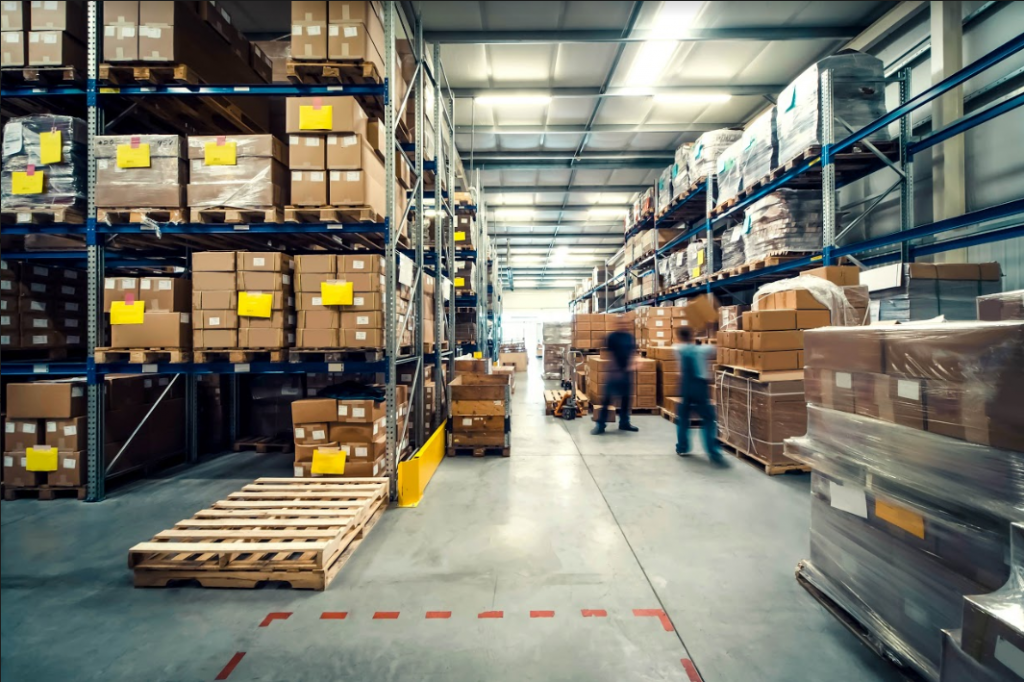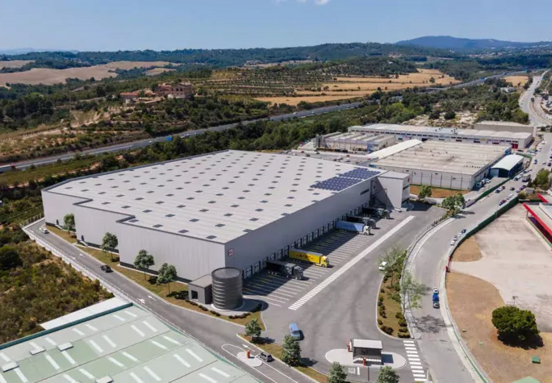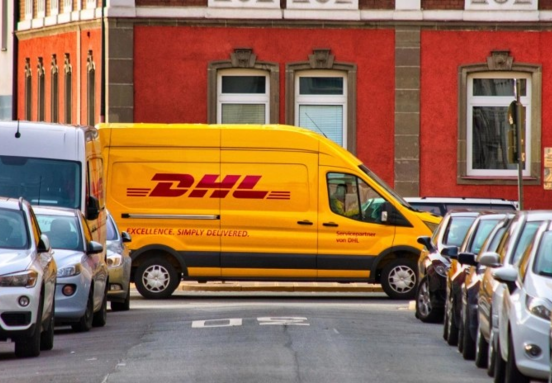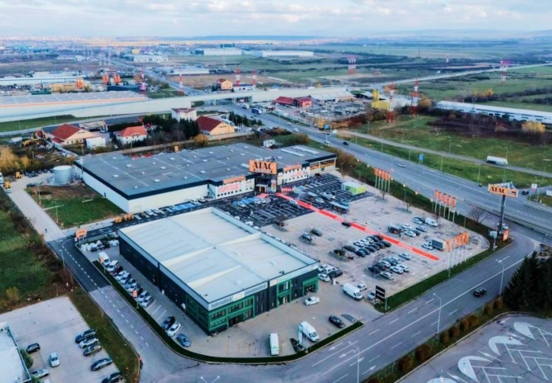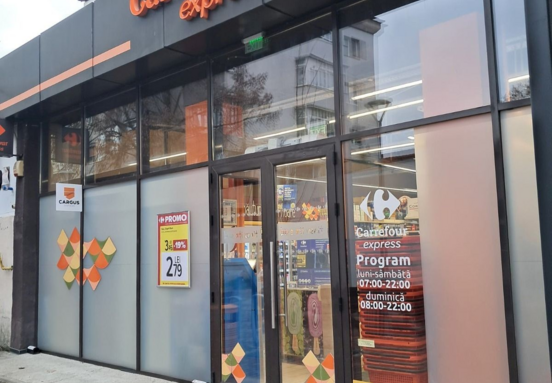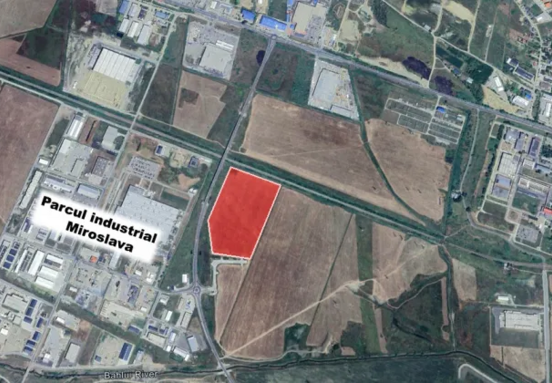Furthermore, nearly 90% of respondents with online presence want to ramp up e-commerce, especially since there is significant room to grow in this market segment. Romania’s modern industrial and logistics facilities stock reached 4.72 million square meters at the end of the first half of the “pandemic year”, which represents over 9% of the total stock in 17 of the biggest CEE economies, according to Colliers International’s exCEEding Borders report, developed in partnership with international law firm CMS and Randstad.
Uncertainties and the overall recession climate have also impacted I&L market participants, though not nearly as much as other sectors of the economy. Despite the overall recession climate, 54% of respondents consider their business pretty much as usual, with initial plans for 2020 not being affected, while the rest have seen their plans affected. The impacting factors are mainly related to „minor restrictions” and „lower demand”, according to over half of the participants to Colliers’ survey. Just 1 in 5 reported temporarily halted production, which may be the most negative response possible.
”The I&L real estate segment is probably the best performing real estate sector coming out of this crisis, as the latest events only exacerbated past trends which were already quite favorable in the longer run, like a shift to e-commerce and the consolidation and relocation of production activities in the Eurozone. The answers we received for the I&L sector offer a quite rosy long-term outlook, but also the need to differentiate from sector to sector. This is in tune with the so-called K-shaped recovery, which states that some sectors, like retail, including e-commerce, are likely to recover much sooner than others, like some manufacturing branches. Overall, the main sticking point for us is the fact that for the vast majority of our respondents, despite the general uncertain backdrop, it is almost business as usual – with investments either continuing at a similar pace to recent years or even accelerating”, says Laurențiu Duică, Partner & Head of Industrial Agency at Colliers International.
“Being less disrupted by the Covid-19 pandemic than other real estate sectors, the industrial and logistics market in Romania has actually benefited from the new economic environment. The digitization and growth of the e-commerce segment in this sector is also expected to have a swift and significant impact in the coming years. Probably sooner than expected, we will see greater demand from producers/manufacturers to relocate or develop production centres in Europe, including Romania, in order to avoid possible blockages in their supply chain. As a result, larger stocks will be stored or produced closer to the end consumer which could also translate to greater demand for industrial and logistics space. Given the signals we receive from our clients, it is expected that I&L spaces in Romania will register a significant increase and there is already a growing interest in this sector including the acquisition of lands suitable for such developments”, says Roxana Frățilă, Partner & Head of Real Estate at CMS Romania.
The long-term consequences of the Covid-19 pandemic will most likely be the restructuring of the supply chain, according to 54% of participants to Colliers International’s survey, followed by either delays in flows of goods or short-term increases in storage capacity (27%). Also, 35% of industrial and logistics companies believe there will be no major consequences.
50% of the respondents see a decrease in demand in the next 12 months and believe rents will follow the same trend as a result. When splitting tenants from landlords, opinions of the outlook for demand, headline rents and incentives offered do look noticeably worse among tenants.
”That said, the real perception among various companies is even more nuanced, as tenants with significant ties to some manufacturing sectors (like automotive or aerospace) are bound to be more pessimistic than retailers, for instance”, says Laurențiu Duică.
Romania’s modern industrial and logistic facilities reached 4.72 million square meters at the end of the first half of the “pandemic year”, up by 5% compared to the corresponding period of 2019, and it could exceed 5 million sqm by the end of 2020, according to Colliers International’s exCEEding Borders report, developed in partnership with international law firm CMS and Randstad. Romania remains one of the more undersupplied markets among the major CEE countries, having roughly half of the warehouse stock on a per capita basis compared to Poland and a quarter of Czechia’s. Tenant structure in terms of sectors in the Romanian market was dominated by retail/FMCG sector, which generated 50% of all deals, while in Bucharest it was led by 3PL/logistics (35%) and light production/manufacturing (33%).
The total supply of modern Industrial and Logistics (I&L) stock across the CEE-17 is well over 50 million square meters in total. From this supply, the current availability can be categorized as low, with the majority of markets recording vacancy rates of below 5%. (source: Colliers)
